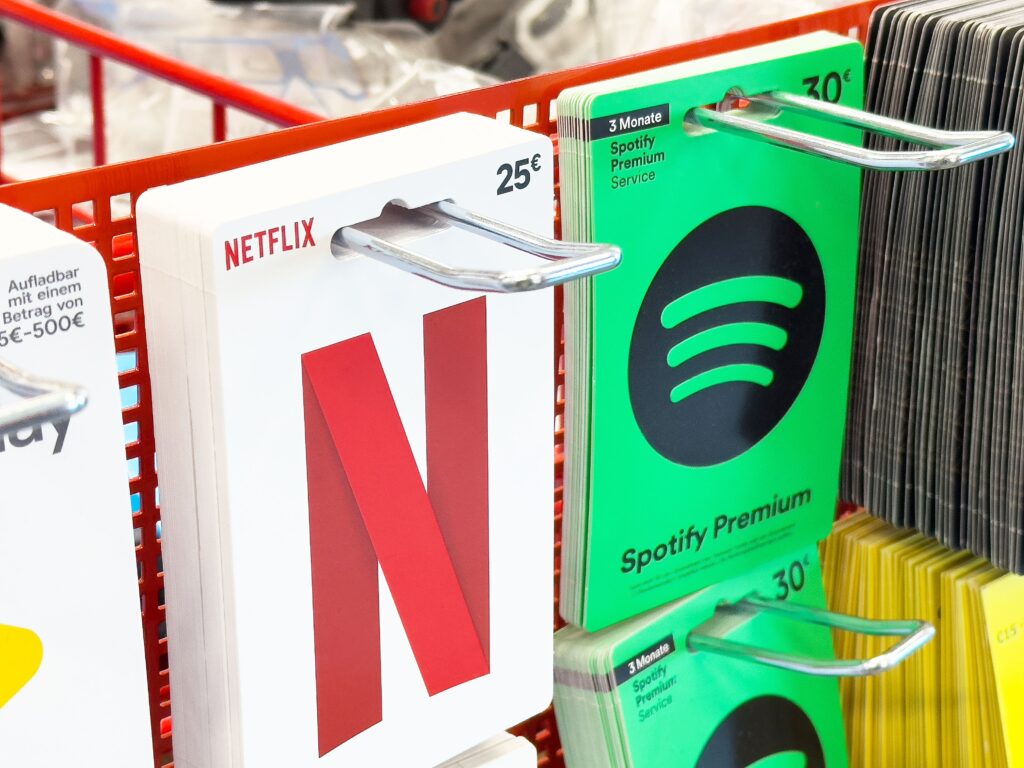The best thing about starting from zero is that practically any growth feels like a lot.
Which partly explains why Netflix’s less-than-three-year-old advertising business always seems to be expanding at an exponential rate.
Last quarter was no exception. In a livestreamed presentation to investors on Tuesday, co-CEO Greg Peters shared that Netflix had its “best ad sales quarter ever” in Q3, more than doubling its upfront commitments for this year.
Ad revenue is still expected to double in 2025, albeit “still off a relatively small base,” according to Netflix’s letter to shareholders. (If that sounds familiar, it’s because Netflix also doubled ad revenue last year, with the exact same, word-for-word caveat.)
Overall, Netflix posted $11.5 billion in revenue last quarter, up over 17% year over year. As per its current policy, how much of Netflix’s revenue came from advertising was not disclosed.
Everything’s coming up ad sales!
Numbers (or lack thereof) aside, the success of Netflix’s ad business can be attributed to higher rates of growth in programmatic buying, said Peters. Which makes sense, as Q3 marked the first full quarter when the Netflix Ad Suite was available across all 12 of the streaming platform’s ad markets.
Fill rates for programmatic ad spots have begun to improve as well, according to Peters, who expects the advertising trajectory to continue as the company makes new investments in advanced measurement and targeting tools.
Although Peters refused to offer an official guidance for 2026, he said the next year will be marked by new interactive formats, which will start rolling out sometime in Q4.
There are also new demand partnerships, like Netflix’s recent announcements with Amazon DSP and AJA in Japan, which will be followed by more demand-side integrations in the new year.
“We want to increase the diversity of advertisers we have. That’s a key direction of growth for us,” Peters said.
Video killed the podcast star
For Netflix, Increasing advertiser diversity doesn’t just boil down to offering more programmatic options. There’s also the matter of finding the right content for advertisers to buy against.
And right now, there are two major content verticals that advertisers are increasingly obsessed with: live sports and podcasts.
Live content still represents a small subsection of Netflix’s content in terms of budget or viewership, said co-CEO Ted Sarandos. However, he also noted that huge events like the Canelo-Crawford boxing fight, which garnered 41 million total viewers, have a positive impact on user acquisition.
Netflix’s leadership team also spoke briefly about the company’s new licensing deal with Spotify, which gives Netflix exclusive streaming rights to Spotify’s video podcasts – shutting out other platforms like YouTube in the process.
“We’re going to build into this category like we do with our other categories, based on demand signals that we get from our members,” said Peters.
Given that Netflix now accounts for 8.6% of total viewing time in the US, according to Nielsen, the odds are that someone will be watching. Whether it’s enough to justify further expansion into podcasts, only time will tell.
















